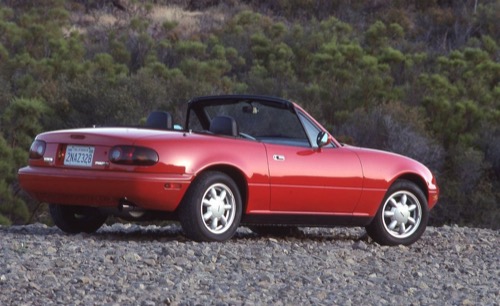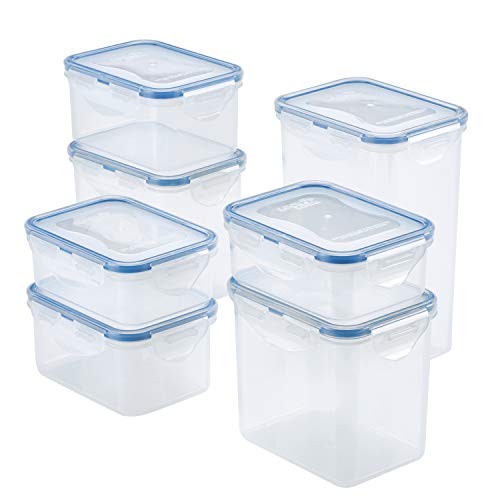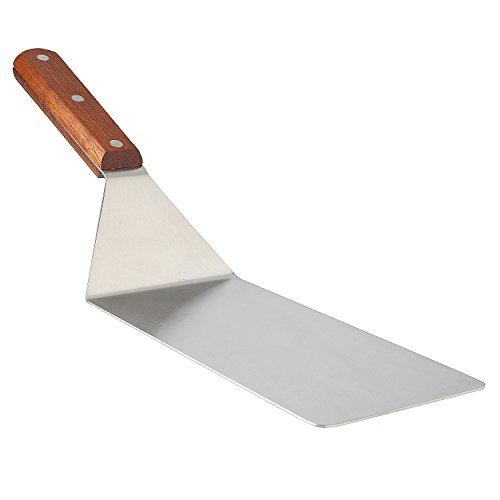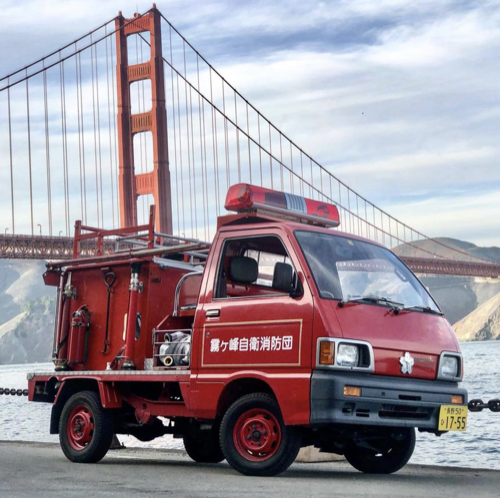Todd Lappin, Content Designer

Cool Tools Show 260: Todd Lappin
Subscribe to the Cool Tools Show on iTunes | RSS | Transcript | See all the Cool Tools Show posts on a single page
Show notes:

First-generation (1989-1997, or NA generation) Mazda Miata
I was given one of these for free a few years ago, and it was in slightly sad shape. But it hardly mattered: The car burned some oil, but so long as I kept it topped off, it ran flawlessly. And eventually, I started fixing all the broken bits and replaced the engine, and now it feels like new. Miatas are fun, simple, reliable, inexpensive, compact, and vastly more practical than one might imagine. They are brilliantly designed, and they come from a particular time and place (let’s call it early 1990s Japan) where automotive technology was in a kind of golden age: Just enough electronics to make cars more reliable, but not so much that they became overly complex or hard to work on. Put another way, a Miata has all the things people used to love about VW Beetles, but it’s a legitimate sports car that’s more fun to drive, and has none of the old VW downsides. You probably don’t want it as your only car, but as an everyday tool for getting around town, it’s delightful to drive and easy to park. Used NA Miatas can be had for less that $5000, and even pristine ones remain relatively cheap. Many hundreds of thousands of these were sold, so parts are very readily available.

Lock & Lock Food Storage
I’ve shared this with Cool Tools before, but this product has been a real unsung hero of my family’s shelter-at-home survival during COVID. It’s allowed us to prepare and store food simply and effectively, either in the fridge or in the freezer, which has been very helpful right now. It’s simple, inexpensive, foolproof, and (thanks to many size containers all sharing the same lid) it’s allowed us to eat well with minimal fuss while spending less time each day on food preparation.

Extra-Large Sturdy Stainless Steel Spatula
Another COVID lesson learned: A good stainless steel “flipping” spatula is the one tool to replace them all. This is just the classic “burger flipping” spatula you might picture a line-cook using on a commercial-style flat grill, but when they’re well made these tools are very rugged and stiff. Meaning, when cooking on my home stovetop, I have a 6” flipping spatula, and I use it constantly. It stirs, scrapes, flips, and even cuts pretty well. It also has great feel and ergonomics. It feels like a proper tool in your hand, in the same way a good hammer or knife can feel. Think of this as being an all-American version of the classic Asian wok shovel, and while I do use my flipping spatula in my wok sometimes, it shines best on flat surfaces like pots, saucepans, cast-iron pans, and of course grills. Obviously, you’re not going to want to use this with nonstick cookware, but for everything else, my flipping spatula has replaced an entire caddy full of various stovetop spoons, spatulas, etc. There are many of these available, and I found mine at a restaurant supply store, but I’d recommend one with a stiffer blade 6 to 8 inches long, rather than ones that are bigger, or with highly flexible blades.

Bluetooth speakers
There are so many of these to choose from, but it’s hard to overstate how magical these things still seem. Bluetooth has (obviously) gotten pretty good in recent years, as has the fine art of generating good sound quality from small devices. I love these things because they meet a real need, and they work great. Just turn it on, it pairs with my phone automatically, and I’ve got music or podcasts wherever I am, either in my home or anywhere on earth. The technology for these has become so stable that some devices are specialized, and that’s where the special magic comes from now. For example, I have a UltimateEars Wonderboom that I keep in my suitcase for travel use; it’s about the size of a softball, but it creates a sound with enough volume and depth to easily fill a large room. (Costco is currently selling these 2 for $100. Buy one for yourself, give on as a gift). Meanwhile, the RokForm Magnetic Golf Speaker is designed for use in golf carts. It’s superpower is a set of strong magnets stuffed into the case, so the thing can be attached to (or removed from) any metal surface instantly. I recently bought an old truck that has no radio at all, and instead of installing a full audio system, I just stuck a RokForm inside and stuck it to a bare metal spot between the seats. Bonus: When I park on the side of the road to have a picnic, I just remove the speaker from the cab of the truck, and mount it to the tailgate instead. Seamless! So simple!
About Todd’s projects:

Four months ago I bought and imported a Japanese Kei fire truck. Which is to say, it’s a very tiny fire truck. It’s a very real fire truck, that looks like an overgrown golf cart. But it’s a truck. Kei Trucks are this class of vehicles in Japan, that are taxed and regulated more loosely. But they are very tightly regulated. In other words, they have to be a certain size. They have a very strict maximum size, and maximum engine size, and maximum horsepower. But if you’re within that size, there are a lot cheaper to own and operate in Japan. And they can be cars, or they could be trucks. College campuses we’ll use them as the maintenance vehicle. You’ll see them at an event. Event facilities will often have one, instead of having one of those ATVs, that Americans tend to use. They’ll have some of these little trucks that they use. It’s a 130 inches long total. So we’ll go back to the Miata. Here’s a useful benchmark. It’s two feet shorter than a Miata. If anybody wants to see it, it’s on Instagram @teenytinyfiretruck. It has its own account, and its own personality. And I’ve been using it mostly just to drive around, and laugh at things. I’m really into taking pictures of these incongruous moments. Like, “This was never supposed to happen. This fire truck was never supposed to be here.” So tiny fire truck from Nagano Japan, in front of the golden gate bridge. That was never supposed to happen. Things like that.









